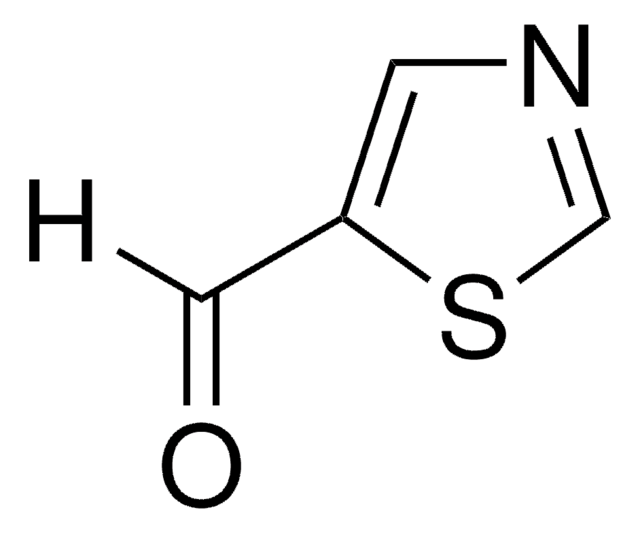430218
Poly[4,4′-methylenebis(phenyl isocyanate)-alt-1,4-butanediol/di(propylene glycol)/polycaprolactone]
pellets, MDI-polyester/polyether polyurethane.
Se connecterpour consulter vos tarifs contractuels et ceux de votre entreprise/organisme
About This Item
Produits recommandés
Résistance à l'abrasion
10 mg (Taber, H-22 wheel)
Niveau de qualité
Forme
beads
pellets
Indice de fusion
4 g/10 min (190°C/8.7kg)
Dureté
84 (Shore A, ASTM D 2240)
Température de transition
Tg −40 °C (DSC)
softening point 85 °C (Vicat, ASTM D 1525)
Densité
1.18 g/mL at 25 °C (lit.)
Description générale
Poly[4,4′-methylenebis(phenyl isocyanate)-alt-1,4-butanediol/di(propylene glycol)/polycaprolactone] (PU/PCL) is a polyurethane solution that can be used as a shape memory polymer and a reinforcing unit for enhancing the mechanical and thermal properties of the base materials. It is biocompatible and finds usage in endothelial proliferations. PU/PCL contains polycaprolactone (PCL) that facilitates the hydrophobic properties of the polymeric matrix.
Application
Automotive fascia, cable jackets, side trim, fabric laminates, health care tubing, catheters, transdermal patches and in seals casters, shoes, bushings and wheels.
PU/PCL can be used in the formation of a polyurethane membrane for effective gas separation. It can also be used to synthesize reinforced hydrogel with good thermo-mechanical properties for biomedical applications.
Caractéristiques et avantages
Tough, high-performance, wear-resistant elastomer with good clarity, chemical resistance, flexibility and toughness. Can be used in current form or further polymerized. Low compression set
Mention d'avertissement
Danger
Mentions de danger
Conseils de prudence
Classification des risques
Acute Tox. 4 Oral - Eye Irrit. 2 - Resp. Sens. 1 - Skin Irrit. 2 - Skin Sens. 1
Code de la classe de stockage
11 - Combustible Solids
Classe de danger pour l'eau (WGK)
WGK 3
Point d'éclair (°F)
Not applicable
Point d'éclair (°C)
Not applicable
Faites votre choix parmi les versions les plus récentes :
Déjà en possession de ce produit ?
Retrouvez la documentation relative aux produits que vous avez récemment achetés dans la Bibliothèque de documents.
3D Networked Graphene-Ferromagnetic Hybrids for Fast Shape Memory Polymers with Enhanced Mechanical Stiffness and Thermal Conductivity
Lee S, et al.
Small, 10(19), 3880-3886 (2014)
Strong fiber reinforced hydrogels for biomedical applications
2011 IEEE 37th Annual Northeast Bioengineering Conference (NEBEC), 9(2), 1-2 (2011)
Gas separation in mixed matrix membranes based on polyurethane containing SiO2, ZSM-5, and ZIF-8 nanoparticles
Amedi HR and Aghajani M
Journal of Natural Gas Science and Engineering, 35(19), 695-702 (2016)
A hybrid electrospun PU/PCL scaffold satisfied the requirements of blood vessel prosthesis in terms of mechanical properties, pore size, and biocompatibility
Nguyen T, et al.
Journal of Biomaterials Science. Polymer Edition, 24(14), 1692-1706 (2013)
Mélusine Bouchet et al.
Materials science & engineering. C, Materials for biological applications, 100, 715-723 (2019-04-06)
The search for novel, more compliant vascular grafts for the replacement of blood vessels is ongoing, and predictive tools are needed to identify the most promising biomaterials. A simple analytical model was designed that enables the calculation of the ratio
Notre équipe de scientifiques dispose d'une expérience dans tous les secteurs de la recherche, notamment en sciences de la vie, science des matériaux, synthèse chimique, chromatographie, analyse et dans de nombreux autres domaines..
Contacter notre Service technique










